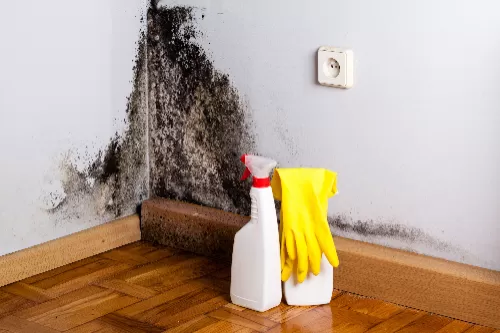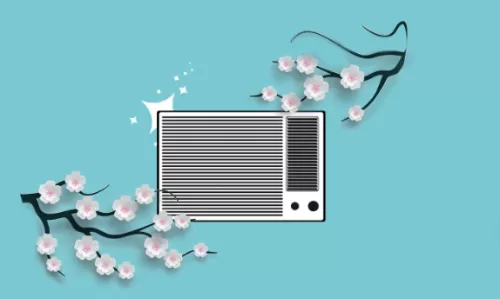The Guide to Mold Removal : What Every Homeowner Must Know
Mold is a silent intruder that can damage your home and health without warning. In recent years, extreme weather events like hurricanes and floods have made mold removal and restoration a critical issue for millions of Americans. Whether you’re dealing with a musty basement or a full-blown infestation, understanding how to properly address mold can save you thousands in repairs and protect your family’s well-being.
Related searches
Water And Mold Restoration

Mold Restoration Company

Water Damage Mold Removal

Mold Remediation Companies

Mould Treatment Services

Water Damage And Mold Remediation


Understanding Mold: Why It’s a Problem
Mold thrives in damp, humid environments, often growing unnoticed behind walls, under floors, or in poorly ventilated spaces. Common types like black mold (Stachybotrys) can produce toxins linked to respiratory issues, allergies, and even neurological problems in severe cases. The first step in tackling mold is recognizing its presence. Look for visible signs like dark spots on walls or ceilings, peeling paint, or a persistent musty odor. If you or your family members experience unexplained allergy symptoms—such as sneezing, coughing, or headaches—when at home, mold could be the culprit.
DIY Mold Removal: When Is It Safe?
Small mold patches (less than 10 square feet) can sometimes be handled without professional help. Start by wearing protective gear—gloves, an N95 mask, and goggles—to avoid exposure. A mixture of water and detergent or a diluted bleach solution (1 cup bleach to 1 gallon of water) can be used to scrub non-porous surfaces. However, bleach is ineffective on porous materials like drywall or wood, where mold roots penetrate deeply. If the mold returns quickly or covers a larger area, it’s time to call mold remediation companies for a thorough assessment.
When to Call the Professionals
Professional mold mitigation companies are essential for large-scale infestations, hidden mold (like inside HVAC systems), or after major water damage. Certified technicians use advanced tools like infrared cameras and moisture meters to detect mold behind walls. They also follow strict containment protocols, using plastic sheeting and negative air pressure to prevent spores from spreading during removal. Reputable companies will provide a detailed remediation plan, including air filtration, antimicrobial treatments, and post-cleanup testing to ensure mold levels are safe.
The Cost of Mold Removal: What to Expect
The price of mold repair near you depends on the severity and location of the problem. Minor cleanup might cost 500–500–1,500, while extensive remediation (like after a flood) can run 3,000–3,000–10,000. Insurance coverage varies—most standard policies exclude mold from gradual leaks but may cover damage from sudden events like burst pipes. Always document the damage with photos and get a professional inspection before filing a claim.
Preventing Future Mold Growth
Once mold is removed, prevention is key. Keep indoor humidity below 50% with dehumidifiers, fix leaks promptly, and ensure proper ventilation in bathrooms and kitchens. Regular inspections of high-risk areas—basements, attics, and crawl spaces—can catch problems early.
Don’t Delay Mold Removal
Ignoring mold can lead to costly repairs and serious health risks. Whether you handle small patches yourself or hire mold restoration near me experts, acting quickly is crucial. If you suspect a problem, schedule a professional inspection today to protect your home and family.
 Exploring the World of Senior Online Dating: Finding Love After 60
Exploring the World of Senior Online Dating: Finding Love After 60 Simplifying Your Shipping and Stamps with Auctane and USPS Services
Simplifying Your Shipping and Stamps with Auctane and USPS Services Essential Guide to Cleaning and Maintaining Your Air Conditioning System
Essential Guide to Cleaning and Maintaining Your Air Conditioning System Discover Unmatched Relaxation with Luxury Swim Spa Services Near You
Discover Unmatched Relaxation with Luxury Swim Spa Services Near You Maximize Your Brand Impact at Trade Shows with the Perfect Booth and Display Solutions
Maximize Your Brand Impact at Trade Shows with the Perfect Booth and Display Solutions
